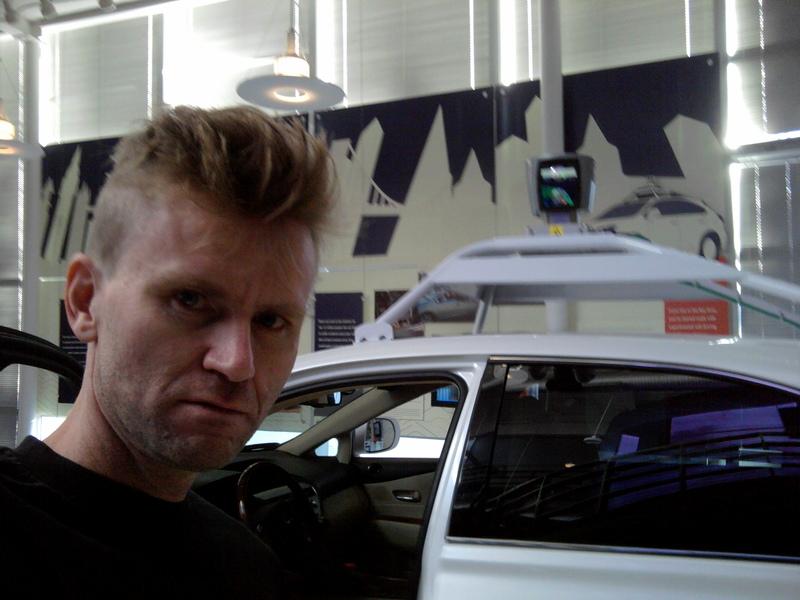Last October I made a depressing prediction that autonomous cars were not happening soon. That five to ten year estimate you’ve been hearing about for ten years? No. Just not happening.

Assuming I wasn’t delighted to be proven wrong, I wondered how long it would take the technologists involved in this science fiction trope to catch on and start dealing with reality. Today I found a tiny glimmer of hope from Nissan. In an article titled "Nissan’s Path to Self-Driving Cars? Humans in Call Centers", an incorrect solution to the problem is proposed.
But at least they understand that there is a problem!
It’s a stunning admission, in its way: Nissan’s R&D chief believes the truly driverless car—something many carmakers and tech giants have promised to deliver within five years or fewer—is an unreachable short-term goal.
Here is another interesting article from iRobot founder, Rodney Brooks, which says, "People are overestimating how quickly…autonomy will come…" And I’ve just found this article written last year by autonomous car chief scientist for Baidu, Andrew Ng.
…the way to make them safe is not to make them act just like human driven cars—in fact, the limitations of today’s technology mean that’s not feasible. Instead, we should make modest changes to our infrastructure…
I think this may be starting to sink in.
I believe that 95% of roads could comfortably be driven autonomously with 30 year old technology. 98.5% could be done with 10 year old technology. Today, 99%. But what about that 1%? While the traditional appproach struggles to get this down to .5%, the fact is .5% is too much. A doubling of effort may, in 30 years, get the amount of driving that a computer can’t handle down to .25%. But even that is too much. How long are we going to want to wait to get this down to the 0% of driving conditions humans believe are drivable? Can it even happen? I do not think so.
Do we give up on autonomous driving? No, we give up on the stupidly hard parts. Nissan proposes to have the autonomous car call a control center and have a real human assess situations where the car finds itself stuck. The idea is that designing autonomy for very odd situations is not easier than just phoning up some real human help. This is somewhat true.
Unfortunately, this is the wrong approach and it will fail. There will be too many such situations. However, having humans keeping an eye on feedback from autonomous cars is a smart thing. It’s fine to develop the necessary telemetry and communications systems this technology implies, but it won’t really solve that last .5% problem.
What will allow computers to comprehend the most exotic driving conditions humans can safely negotiate? Isn’t it obvious? Nothing. Let me repeat that trying to do this is like designing aircraft to have flapping wings. It may seem like a smart design goal, but there is an easier way.
Eliminate the kinds of driving conditions computers can’t deal with.
Autonomous transportation today focuses exclusively on the cars. How much work is being done to make roads that work well with autonomous cars? That eliminate the problem spots? I know of almost no such work less than 20 years old.
We will have autonomous cars. It will probably start on private roads where the owner can exercise complete control of the driving environment. When will this happen? Probably around 2014. When will society start looking at both the cars and the roads as necessarily interrelated for an autonomous solution to work? That is harder to say, but that is exactly what needs to happen.
UPDATE 2019-10-10
The Economist has a nice summary of the situation in 2019 which is turning out exactly as I predicted. Driverless Cars Are Stuck In A Jam. And here’s another Economist article talking about China’s approach to autonomous vehicles and how they actively plan cooperative infrastructure for them.
UPDATE 2020-01-22
Here is an article where the Volkswagen AV boss admits that full level 5 may simply not be possible. That’s two of us who’d be happy to be wrong.